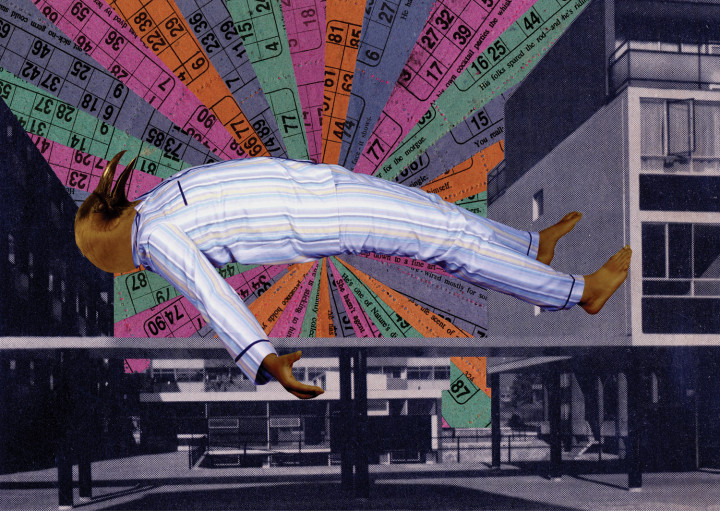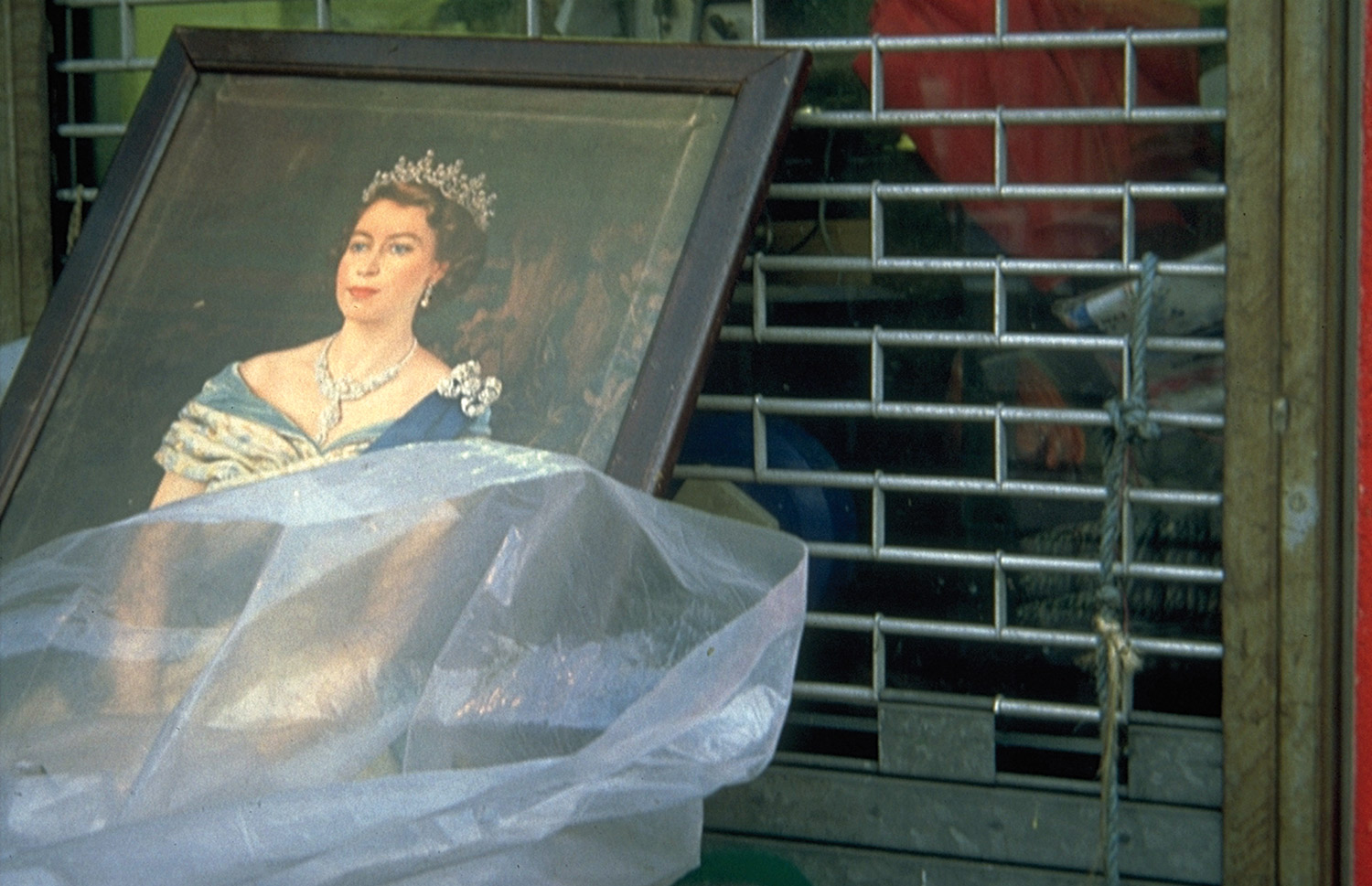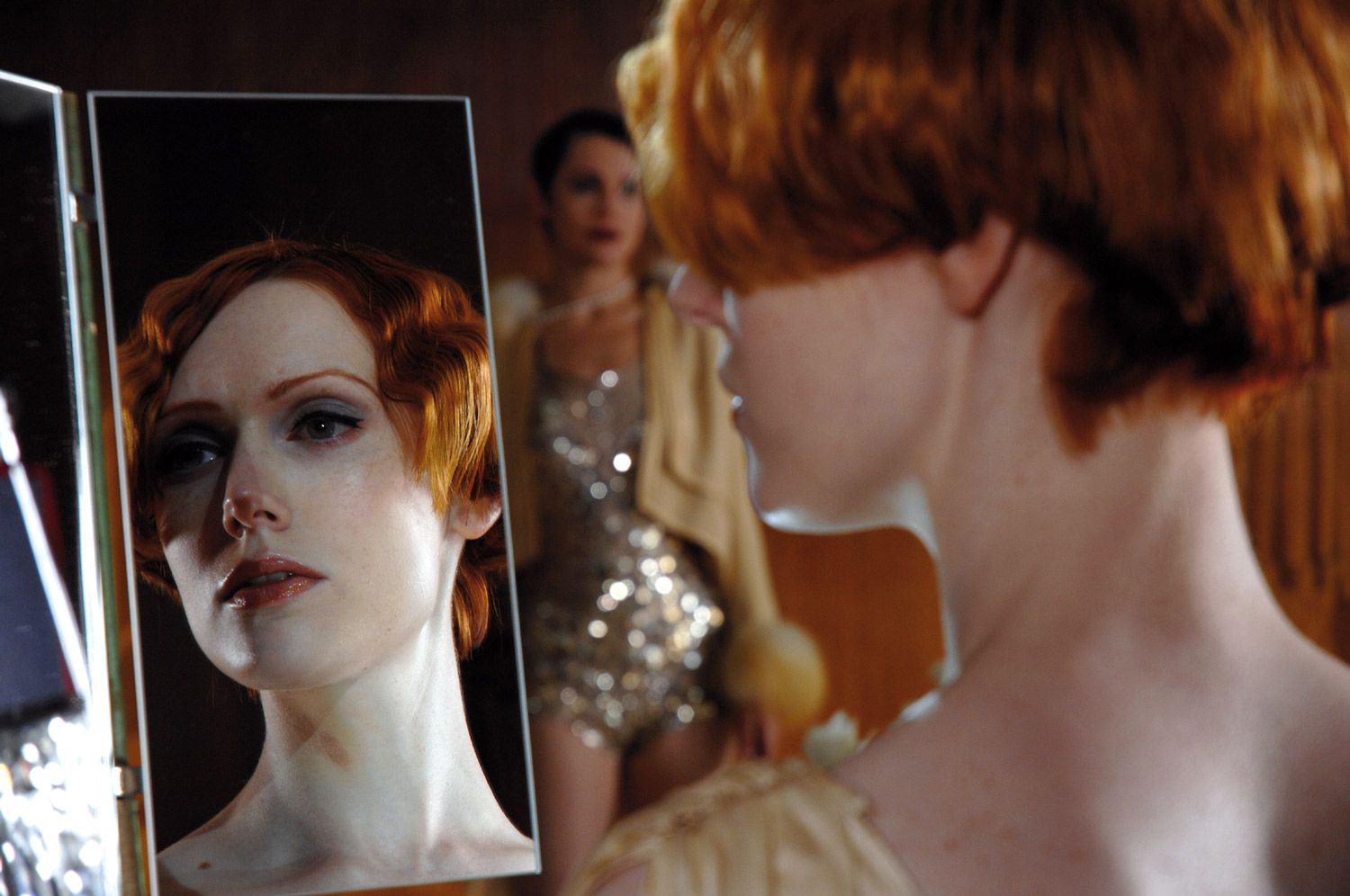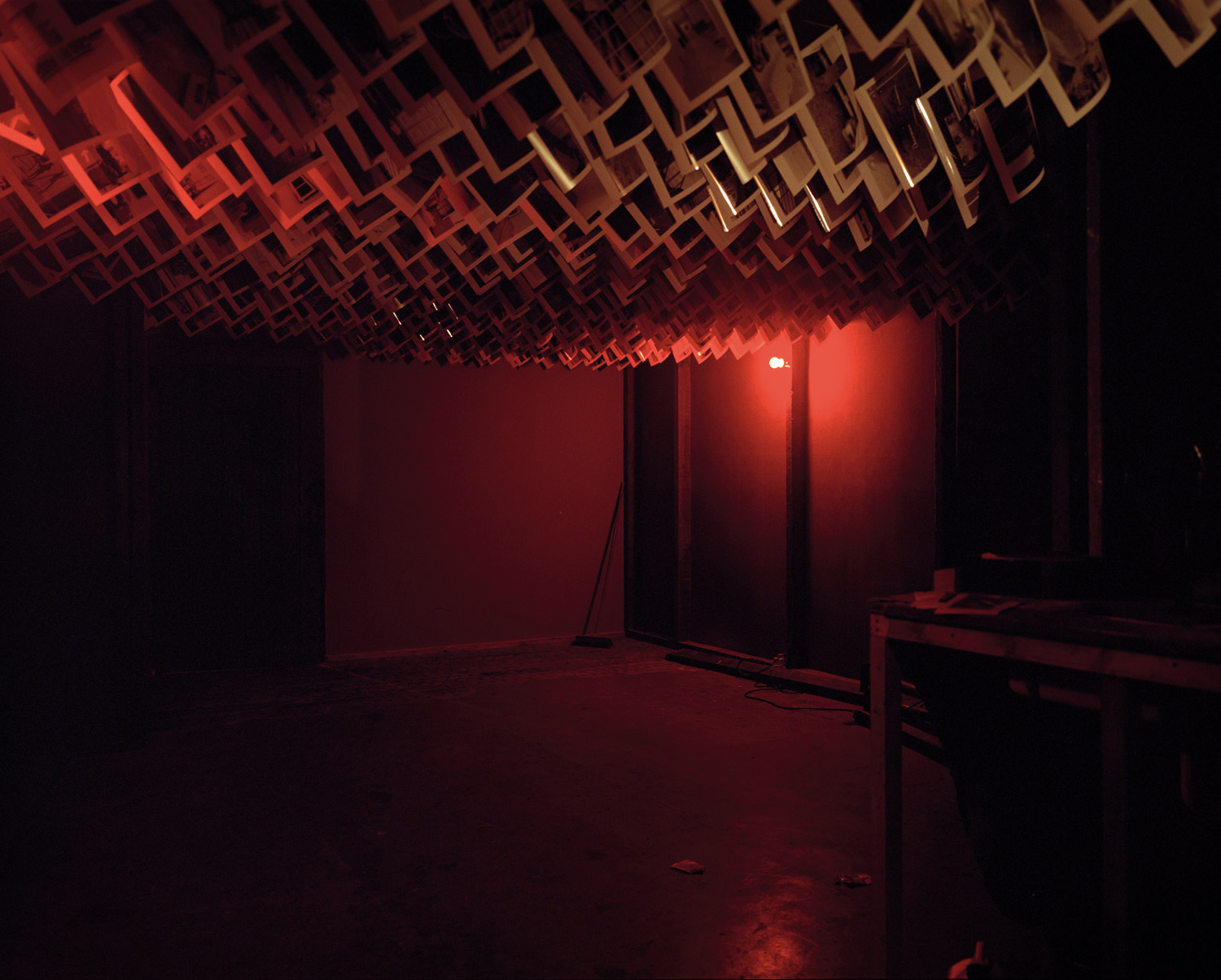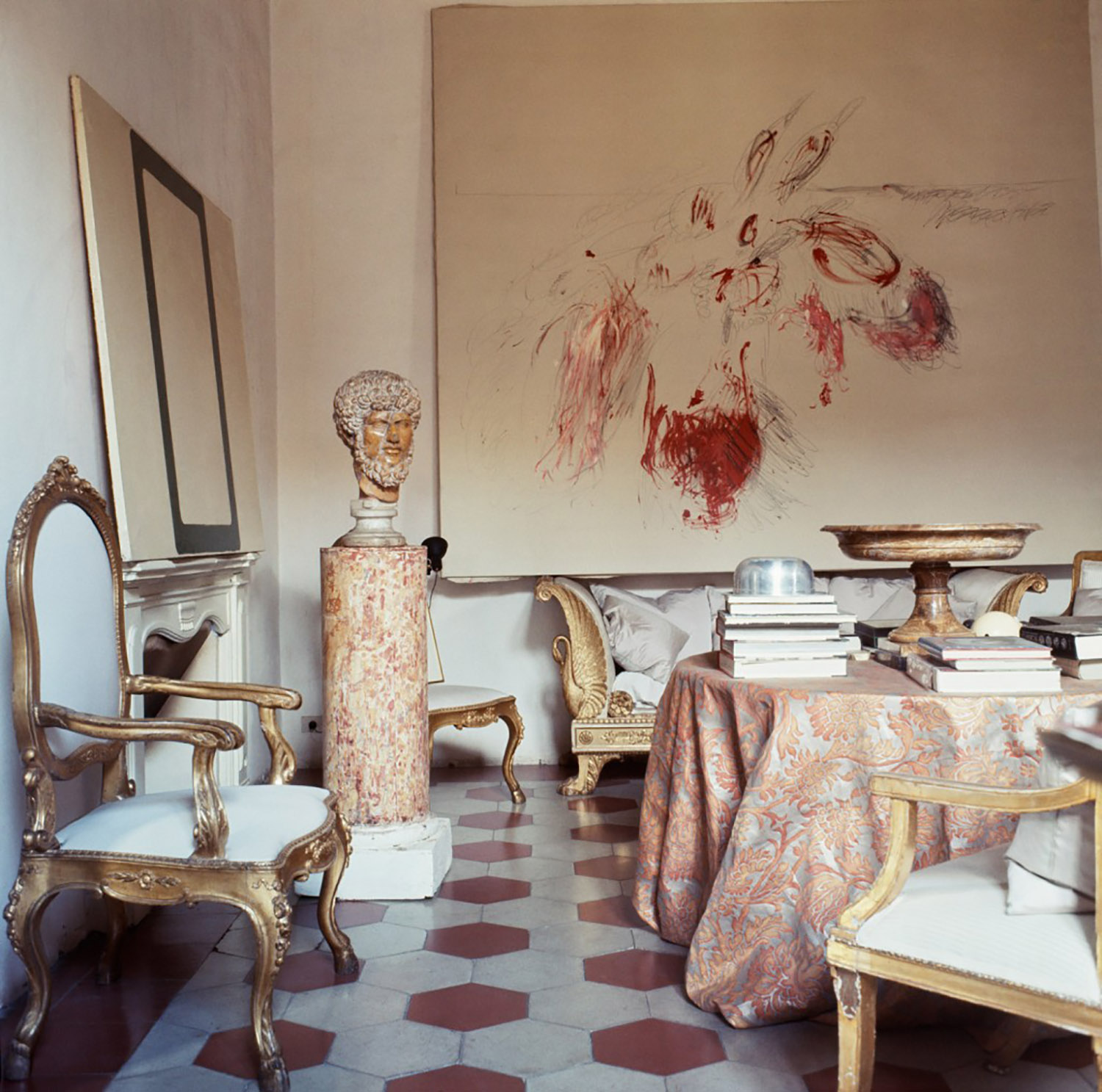
The brick and rusted metal building of the Devi Art Foundation stands like a giant oversized sculpture in the largely steel and glass environs of Gurgaon, asserting itself as the new home to a representative slice of cutting-edge contemporary art from India.
The Foundation is a public face to one of the largest private collections of contemporary Indian art, held by Anupam Poddar together with his mother, Lekha Poddar. Its inaugural exhibition “Still Moving Image,” which focuses on video and photography, has generated considerable buzz in art circles — already many ‘first’ tags have been appended to the collection and its institutionalization. This buzz was palpable at the opening event, brimming with over a thousand persons.
One of the stated aims of the Foundation is that of providing a museum context for contemporary Indian art. The curator Deeksha Nath adopts an open-ended, non-thematic curatorial methodology for the exhibition.
While this accords well with a line of critical discourse on the role of curators, some amount of text is often necessary for works to be relayed to a larger audience. Having said that, the grouping of the works is evocative and layered, allowing themes to emerge and transform through active viewership, across six sections. The first section opens with a video projection suspended in the space of a shaft. A bald middle-aged man holds a fowl in the midst of a swamp, offering it as an object of desire to the viewer, only to withhold that possibility forever by melting into a reflection — and then paint. Ranbir Kaleka’s melding of painting and video in a dream-like sequence offers a quiet entry into the poetics of the medium. It is straddled on one side by Shilpa Gupta’s interactive piece that casts viewer’s silhouettes onto a wall of digital images like a shadow play that moves from being playful to sinister, and on the other side by Sheba Chhachhi’s low-end technology toy televisions that play out constructions of femininity and love in popular cinema. Their works, in a sense, chart the high and low end of media technologies and their expressive possibilities. The flow of the section is then nudged towards issues of gender and racial stereotypes in videos from performances and in photographs by Sonia Khurana, Ram Rahman, Bharti Kher and Pushpamala N.
The works of about twenty-five artists are on view in this show: most of them are known to the local audience and a large number of them have been shown internationally. Yet the show captures the imagination with its strong selection of works and perspective on a collector’s sensibility and passion.
This is a collection that deserves the context of a museum, for its large scale and for the trajectory it traces within these media over nearly a decade.
Future exhibitions include one on contemporary Indian art, being jointly curated by the faculty and students of the Arts and Aesthetics Department of the Jawaharlal Nehru University, Delhi, and another on contemporary folk and tribal art later next year. These hold the promise of fresh and novel ways of curating.

